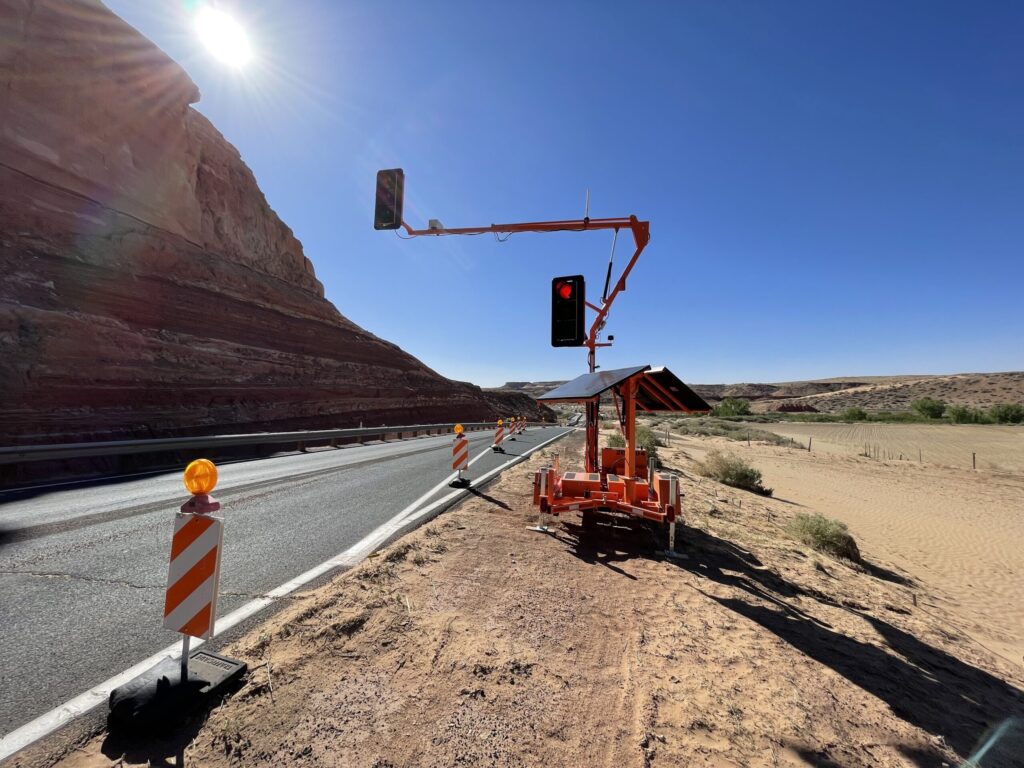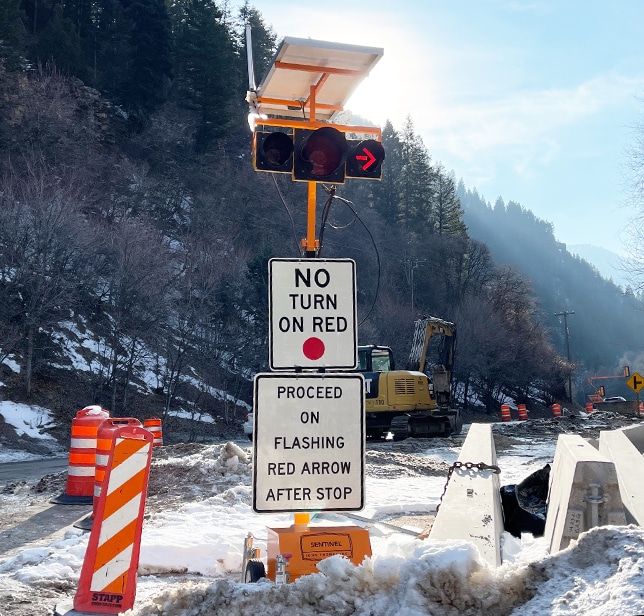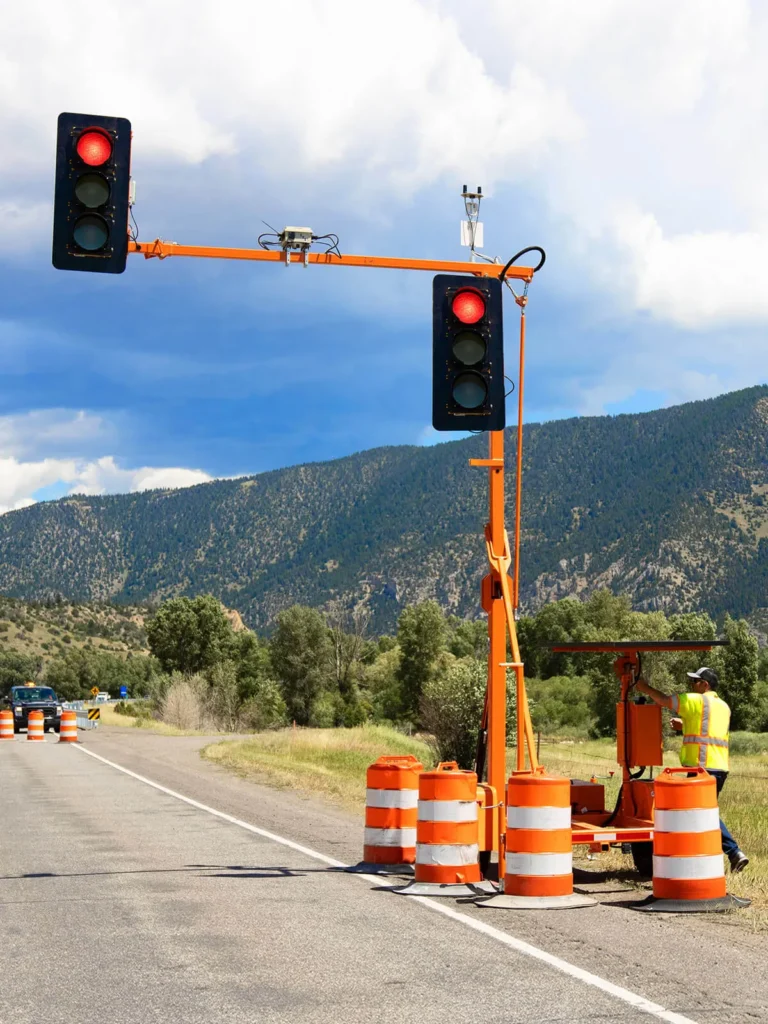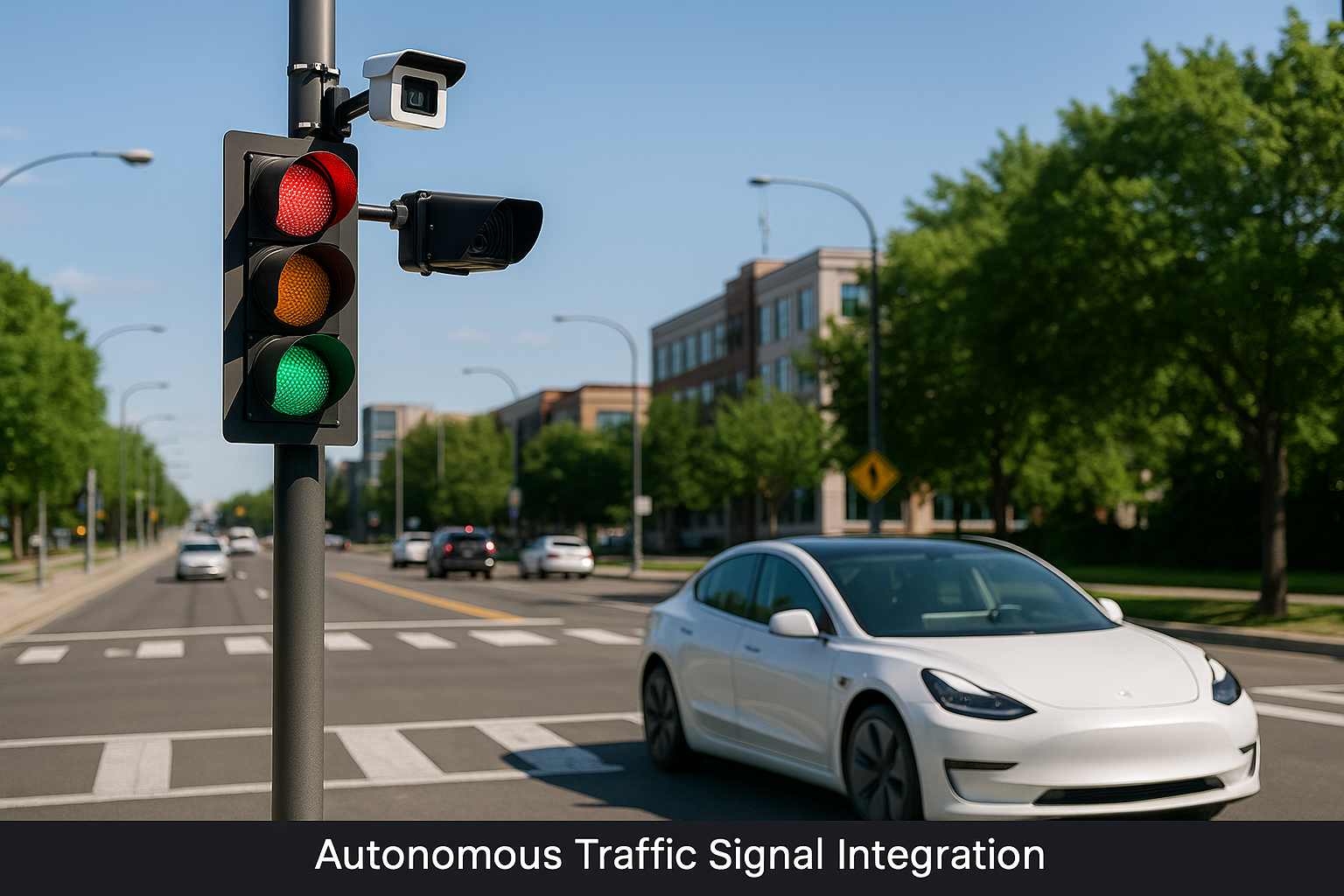Autonomous traffic signal integration is transforming the landscape of modern traffic control by enabling infrastructure to “talk” directly with self-driving vehicles. As the adoption of autonomous vehicles (AVs) accelerates, cities and transportation agencies are eager to build traffic systems that can communicate in real time—improving safety, cutting congestion, and future-proofing investments.
This shift isn’t just about the vehicles themselves—it’s about smart infrastructure that adapts. When signals and AVs share data, they can respond to each other seamlessly. That means smoother intersections, fewer crashes, and a smarter flow of traffic. This article explores how integrating traffic signals with autonomous vehicle tech is changing the game.
Table of Contents
Smarter Infrastructure Meets Autonomous Mobility
For autonomous driving to be safe and efficient, it needs signal infrastructure that understands it too. Traffic signals equipped with communication modules can broadcast timing and phase data directly to vehicles. This lets AVs adjust speed and trajectory in sync—not just reactively, but proactively.
Consequently, intersections become more sustainable and traffic behaves predictably. Emergency vehicles, transit buses, and AV fleets can be prioritized without disrupting overall flow. These improvements benefit all road users, not just those in autonomous cars.
V2I Communication Bridges the Gap
Vehicle-to-infrastructure (V2I) communication allows signals to send data packets to approaching AVs. This builds awareness beyond line-of-sight, enabling vehicles to plan smooth deceleration or acceleration cycles in advance.
By reducing abrupt stops and coordinating movements, AVs maintain safer distances and lower energy usage. This paved the way for green waves and synchronized corridors—benefits that extend even to human-driven traffic when integrated thoughtfully.

Enhancing Pedestrian Safety via AV Awareness
Pedestrian interactions become safer when signals broadcast crosswalk timing to connected vehicles. AVs will pause reliably for crossing individuals, even when visibility is poor or unexpected.
These improvements help protect the most vulnerable road users and can adapt to dynamic conditions—like school zones or special events—by updating signal behavior instantaneously and broadcasting new patterns to vehicles.
Autonomous Traffic Signal Integration Enhances Flow
In active construction zones, temporary signals can adopt AV-compatible communication, giving self-driving vehicles advance notice of lane shifts or detours.
This advance knowledge reduces confusion and risky maneuvers near work sites. It also lets AVs slow down early—or reroute entirely—keeping both workers and devices safe.
Data-Driven Intersection Efficiency
When traffic signals share real-time data with AVs, both can optimize performance. AVs learn signal patterns, and signals adapt timing based on AV density and flow.
This two-way data benefit means fewer gridlocks, even during peak demand. Additionally, agencies can collect analytics on intersection performance—helping plan future upgrades with confidence.

Scalability Across Urban Networks
As more AVs hit the road, cities can scale V2I-ready infrastructure across corridors. Cloud-based control centers manage signal‑AV communication en masse, optimizing phases across multiple intersections.
Smart infrastructure with AV compatibility can be deployed gradually—within pockets, corridors, or high-priority zones—without costly overhauls.
Cost-Benefit Beyond the Buzz
Though initially more expensive, developing AV‑ready signals offers long-term value. The benefits include fuel savings, reduced accidents, and longer infrastructure lifecycles.
Moreover, infrastructure that accommodates AVs sets the foundation for new mobility services and supports future transit innovations. This makes it a strategic investment—not just a futuristic upgrade.
Preparing for Autonomous-Ready Work Zones
As AV technology progresses, work zone signals should be native to the AV ecosystem. Portable, solar-powered signals that can broadcast status updates and phase changes directly to AVs are essential.
Such integration ensures AVs know what to expect—lane changes, flagger positioning, or temporary closures—without confusion, reducing collision risks and improving work zone navigation.

Conclusion: Embracing Safe, Connected Mobility
Integrating traffic signals with autonomous vehicle systems is no longer science fiction—it’s a strategy to improve safety, efficiency, and future infrastructure resilience.
JTI is at the forefront, offering modular, V2I-compatible traffic signal solutions that integrate with autonomous vehicle networks. With scalable, intelligent technology, they empower cities and contractors to step confidently into tomorrow’s smart mobility landscape.

